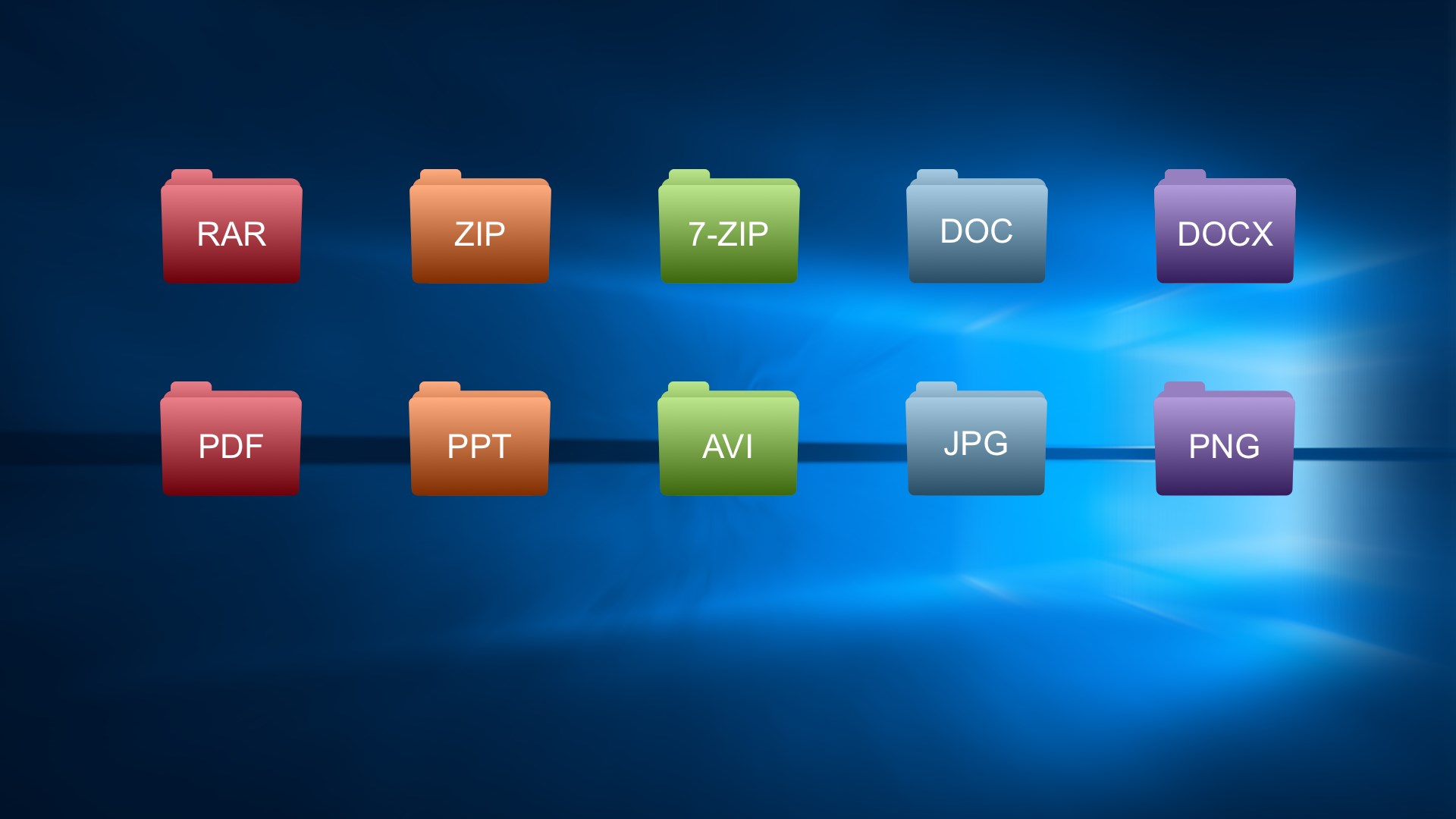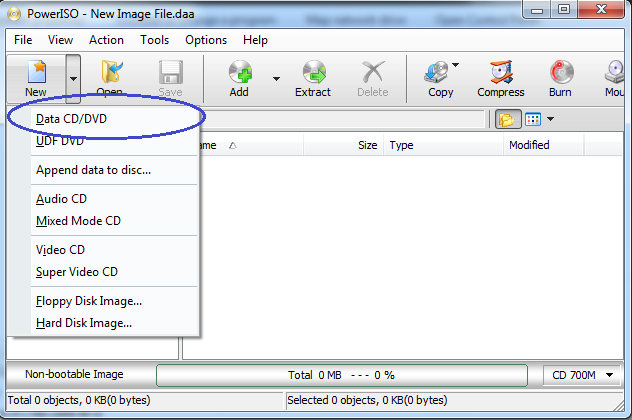Adaptec UDF Reader Driver. Grab this Windows 95/98/NT 4.0 UDF (Universal Disk Format) reader driver. Play audio and video files in real-time and streaming modes. UDF Reader is a driver which let you explore Blu-ray, BD-R, BD-RE and HD-DVD UDF v2.5 discs in Windows XP's file explorer. Right click on thdudf.inf and choose Install. Once this is complete, you should reboot your machine for a full installation of the new UDF 2.5 File system recognition. UDF is a way to put files on a dvd. It has nothing to do with an application to read the disk. Windows 7 does support the latest version of Microsoft's UDF but as stated above you may need a third party's plug in to access it. Ask them to close out the disk may help or just reburn in a standard format. To make best use of computer resources FlexiHub is a must have software for mid to large scale.
Udf Reader For Windows 7 Freeware PDF Reader for Windows 7 v.1.0 Open, read, view, review and print Adobe PDF files, and convert PDF to TXT, BMP, JPG, GIF, PNG, WMF, EMF, EPS with this lightweight yet full-featured free PDF viewer. The sosftware supports zoom in.

The UDF file system, the industry-standard format for storing informationon the optical media technology called DVD (Digital VersatileDisc or Digital Video Disc), is included in this Solaris release.
The UDF file system is provided as dynamically loadable, 32-bitand 64-bit modules, with system administration utilities for creating,mounting, and checking the file system on both SPARC and IA platforms. TheSolaris UDF file system works with supported ATAPI and SCSI DVD drives, CD-ROMdevices, and disk and diskette drives. In addition, the Solaris UDF file systemis fully compliant with the UDF 1.50 specification.
The UDF file system support is provided in the following new packages:
SUNWudfr -- 32-bit kernel component
SUNWudfrx -- 64-bitkernel component
SUNWudf -- /usr component
UDF Features and Benefits
In this Solaris release, the UDF file system provides the followingfeatures:

Ability to access the industry standard CD-ROM and DVD-ROMmedia when they contain a UDF file system.
Flexibility in exchanging information across platformsand operating systems.
A mechanism for implementing new applications richin broadcast-quality video, high-quality sound along with the richness ininteractivity using the DVD video specification based on UDF format.
The following features are not included in this UDF file system release:
Udf File Reader Free
Support for write-once media, CD-RW, and DVD-RAM, with eitherthe sequential disk-at-once and incremental recording.
UFS components such as quotas, ACLs, transactionlogging, file system locking, and file system threads, which are not partof the UDF 1.50 specification.
Hardware and Software Requirements
The UDF file system requires the following:
The Solaris 7 11/99 or the Solaris 8 release
Supported SPARC or Intel platforms
Supported CD-ROM or DVD-ROM device
UDF Compatibility Issues
This first Solaris UDF file system implementation provides:
Support for industry-standard read-write UDF version 1.50.
Fully internationalized file system utilities.

How to Connect a DVD-ROM Device
Become superuser.
Create the /reconfigure file.
Shut down the system and turn off power.
Connect the DVD-ROM device.
Turn on power to the system.
How to Access Files on a DVD-ROM Device
Free Udf File Reader
Verify the DVD-ROM device is automatically mounted.
Note -If the system has both a CD-ROM and DVD-ROM device, the CD-ROM mightbe named /cdrom/cdrom0 and the DVD-ROM might be named /cdrom/cdrom1. If the system only has a DVD-ROM device, then tryusing /cdrom/cdrom0.
Display content with ls command.
Automatic display with the CDE file manager is not implemented yet.All other CDE file manager functions--drag and drop for copying and imagetoolfeatures--are available.
How to Display UDF File System Parameters
Display UDF file system parameters by using the mkfscommand.
Become superuser.
Display UDF file system parameters.
How to Create a UDF File System
Create a UDF file system by using the mkfs command.
Become superuser.
Create a UDF file system.
Verify the UDF file system is created by mounting it. See 'How to Mount a UDF File System'for more information.
See mkfs_udfs(1M)for more information.
How to Identify the UDF File System Type
Identify the UDF file system type by using the fstypcommand.
Become superuser.
Determine whether a file system is a UDF file system.
How to Check a UDF File System
Check the integrity of a UDF file system by using the fsck command.
Become superuser.
Check a UDF file system.
See fsck_udfs(1M)for more information.
How to Mount a UDF File System
Mount a UDF file system.
Become superuser.
Mount a UDF file system.
Verify the UDF file system is mounted.
See mount_udfs(1M)for more information.
How to Unmount a UDF File System
Unmount a UDF file system.

Become superuser.
Unmount a UDF file system.
How to Label a Device with a UDF File System and Volume Name
Create a file system and volume name for a UDF file system.
Become superuser.
Create a file system and volume name for the UDF file system.
See labelit_udfs(1M)for more information.
UDF Reader.
- Retrieves the data from the UDF discs created by drag and drop CD/DVD/BD writing software. Specifically designed for Roxio DirectCD (Drag-To-Disc) and Ahead Nero software packages.
- Fixes some problems found in UDF file structures created with Roxio DirectCD (Drag-To-Disc).
- Recovers the data created by standalone devices that record directly onto mini discs, including: Sony digital cameras, Hitachi, Panasonic, Canon and Sony DVD camcorders, personal DVD recorders, etc.
- Supports UDF versions: OSTA UDF v.1.02, 1.5, 2.0, 2.01, 2.50, 2.60 and also UDF Bridge format.
- Quick detects the format type (UDF or other) and the version of UDF format implemented.
- Reads closed and open UDF discs, i.e. closed in UDF format or left in 'as-is' state by CD/DVD mastering software, including the discs with Microsoft's Live File system, created under Windows 7, 8, 8.1, 10 and Vista.
- Analyzes and tests UDF directory structure immediately after insertion of new disc.
- Uses the special methods and algorithms to read the damaged files and folders.
- Can recover each fragment (extent) of UDF file separately.
- Fully transparent and easy-to-use tool. Being built to the common intuitive shell of CDRoller, UDF reader allows using the same options that are available for ISO 9660 discs, including session selector, browsing through directory structure, folders and files copying, CD/DVD/BD Data Recovery, etc.
Additionally, Search of All VATs allows you to quickly find and recover the lost files and folders on write-once discs (CD-R/DVD-R/DVD+R/DVD+R DL/BD-R). This option looks for so-called Virtual Allocation Table (VAT) that is being placed on the disc physically when you eject it from your computer drive. VAT's location is crucial for the disks created with the help of drag-and-drop software, such as well-known Roxio (Adaptec) DirectCD and Drag-to-Disc. For example, after you have accidently deleted some files and folders, a new VAT does not point to them. To recover the deleted files, you should use the previous VATs.
To start a search of all VATs, you should check the box with the same name under UDF Reader tab in the program preferences, and then click the Refresh button for a new analysis of inserted disc.
Using found VAT, the program restores an old backup and shows it as a separate session. Further, just use a built-in Session Selector to look into each backup (session).
Finally, Scan UDF Disc allows you to recover the files data from all types of UDF discs that are not working properly. Scan UDF Disc gives you a good chance to retrieve several types of files, including:- files are not visible in Windows Explorer - the writing process was interrupted by a system or power failure before file directory information was completed, but most or all of the files were written to the disk. This means that the files may be on the CD (DVD, BD), but Windows Explorer cannot see them.
- lost files - complete files that do not have a file name associated with them. They can also be files that you accidently deleted from the CD (DVD, BD).
- files on the disks quick-formatted by Roxio DirectCD and Nero InCD.
- files located on Sony Mavica CD finalized with failure on the camera. Forced scan is recommended.
- M2TS files on the discs that were not finalized by AVCHD camcorders. Forced scan is recommended.
- files located in unreadable (damaged) UDF folders.
/udf-files-59e508d9c412440011fea014.png)
When using Scan UDF Disc, you can save the table of contents (names, locations, attributes) of the found files into a separate file. Next time, this will allow you to display the list of files shortly, without a new scan of the same disc, and you can continue to recover the files data. Some lost files found by Scan UDF Disc can be recovered only with the file name disassociated from the data. With the help of built-in File Identifier, you can simply identify the found files by their content and assign the proper extension to the file so that Windows application can open the file.
Recover unlimited data for only US $49! Please feel free to contact us if you have any questions regarding data recovery with CDRoller, including pre-sales support.